What is the Average Deadlift Weight for Adults?
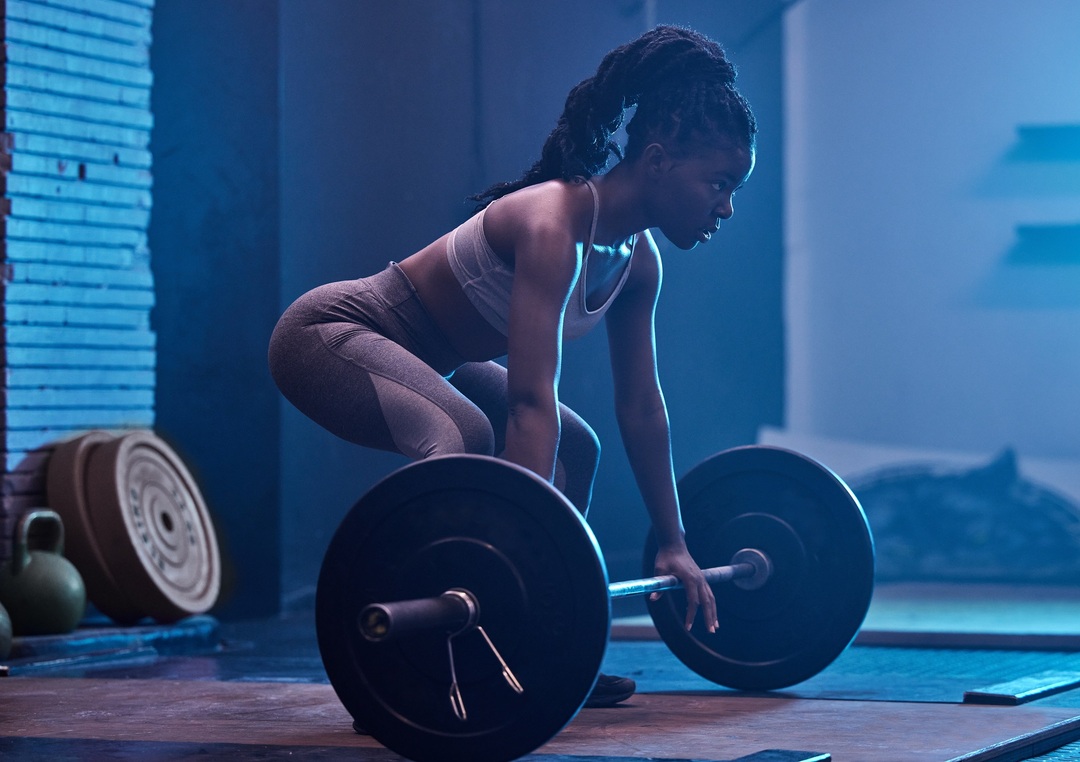
Find out the average deadlift weight for men and women, how you compare, and tips to safely build strength over time.
You open Best Fitness Apps, looking for numbers and end up confused: Is a 300-pound deadlift average impressive, or just the start for someone your size? Deadlift standards shift based on one-rep max, body weight ratio, training experience, and sex, so raw numbers alone do not accurately reflect your relative strength or what to aim for.
This guide lays out beginner, intermediate,and advanced deadlift weight by body weight, strength levels, and age group, offers strength benchmarks and technique pointers, and helps you set realistic, measurable goals.
GetFit AI, an AI fitness app, turns those benchmarks into a custom plan with one rep max tracking, progress charts, and simple coaching so you can move from novice to advanced with confidence.
Summary
- Population averages are only context, not targets, with adult men averaging a 335-pound deadlift and adult women averaging 215 pounds, so use those numbers as reference points rather than personal mandates.
- Training history and testing cadence drive progress; novices can make rapid gains in a matter of months, while elite male lifters can exceed 495 pounds, and sensible maximal testing should occur in planned cycles of 8 to 12 weeks.
- Program structure matters, with a reliable pattern being one high-intent day in the 85 to 95 percent range, one volume day in the 65 to 75 percent range, and a dedicated accessory session to address weak links.
- Aging changes the math; recovery windows typically widen after age 50, so prioritize joint-friendly variations and scheduled deloads every 6 to 8 weeks to preserve long-term training capacity.
- Stalls usually hide measurable limits; for example, stop a top set if bar speed drops by more than 10 to 15 percent across reps, and use microplates for 1 to 2.5 percent jumps to increment the load without sacrificing form.
- Set realistic benchmarks by bodyweight and experience, for instance, a 70 kg man’s novice standard is roughly 120 kg and an intermediate mark is around 160 kg, while a 225-pound deadlift is average for a beginner male but often advanced for many female lifters.
- This is where GetFit AI fits in, the AI fitness app addresses this by converting population benchmarks and testing cycles into personalized one rep max tracking, microloading plans, and in-session technique cues.
What is the Average Deadlift Weight for Adults?

Average deadlift numbers are a reference, not a rule; they tell you what most adults lift, not what you must lift. For adult men, the average deadlift is 335 pounds, according to Strength Level. For adult women, the average is 215 pounds, according to Strength Level, both representing population-wide strength standards rather than weight-adjusted targets.
Why do these averages matter, and what do they actually reflect?
These numbers compress a lot of variety into a single point: bodyweight distribution, training age, lifting technique, and testing conditions all contribute to pushing the average up or down. A 215-pound deadlift for a lighter athlete is a different performance than the same lift for someone much heavier, so use averages as context for progress, not as a verdict on ability.
What shifts an individual away from the average?
Training history is the biggest divider. Novices often make rapid gains in a matter of months, while intermediate lifters need several months to add small increments. Technique and bar path changes can dramatically affect strength; two lifters with identical one-rep maxes can look very different on video. And biological factors matter: hormonal changes, recovery capacity, and joint health influence how loads translate to sustainable progress.
Why do people get stuck or confused?
This pattern is observed in both new lifters and older adults: unclear benchmarks breed doubt. It’s exhausting when someone commits to months of practice and still wonders if their numbers are “normal.” That uncertainty often leads to conservative programming or skipped sessions, which slows strength gains and increases the likelihood of plateaus.
Most lifters default to what’s familiar, and that creates hidden costs.
Most people pick starting weights from a friend, a program PDF, or a single gym session because those methods are simple and immediately actionable. That works at first, but as you scale volume or age into your 50s and beyond, inconsistencies compound: workouts feel harder, recovery stretches out, and technique flaws that were once tolerable start to cause pain. Solutions like GetFit AI provide athlete-derived routines that are translated into personalized starting loads, real-time technique cues, and staged milestones, helping users maintain progress without guesswork or overexertion.
How should a beginner set a safe, useful starting load?
Treat the bar as a diagnostic tool. Start with conservative sets that allow you to control form on every repetition, then gradually increase the load in 5- to 10-pound increments while maintaining movement quality. Think in relative progress: add microplates, track doubling or triples at a given tempo, and only increase maximal attempts when you can string consistent, clean reps across two to three sessions.
What does aging change about expectations?
After the age of 50, recovery windows widen, and maximal numbers often decline unless training is deliberately tailored. That’s not defeat; it’s a constraint to design around. Emphasizing joint-friendly variations, programmed deloads, and mobility work preserves longevity while still improving strength. Many older lifters report frustration when they compare themselves to younger standards; the more brilliant play is to chase personal bests in a way that keeps you training for years.
Think of averages like road signs: they tell you the usual flow of traffic, not the safe speed for your vehicle on a wet night.
That simple insight changes everything about how you approach what comes next.
Related Reading
- Best Fitness Apps
- How Many Pull Ups Should I Be Able To Do
- Average Bench Press By Age
- Average Grip Strength Male
- Average Bench Press
- How Much Does A Bench Press Bar Weigh
- Average Male Bench Press
- How Much Can The Average Man Bench Press
How Much Should Men Be Able to Deadlift?
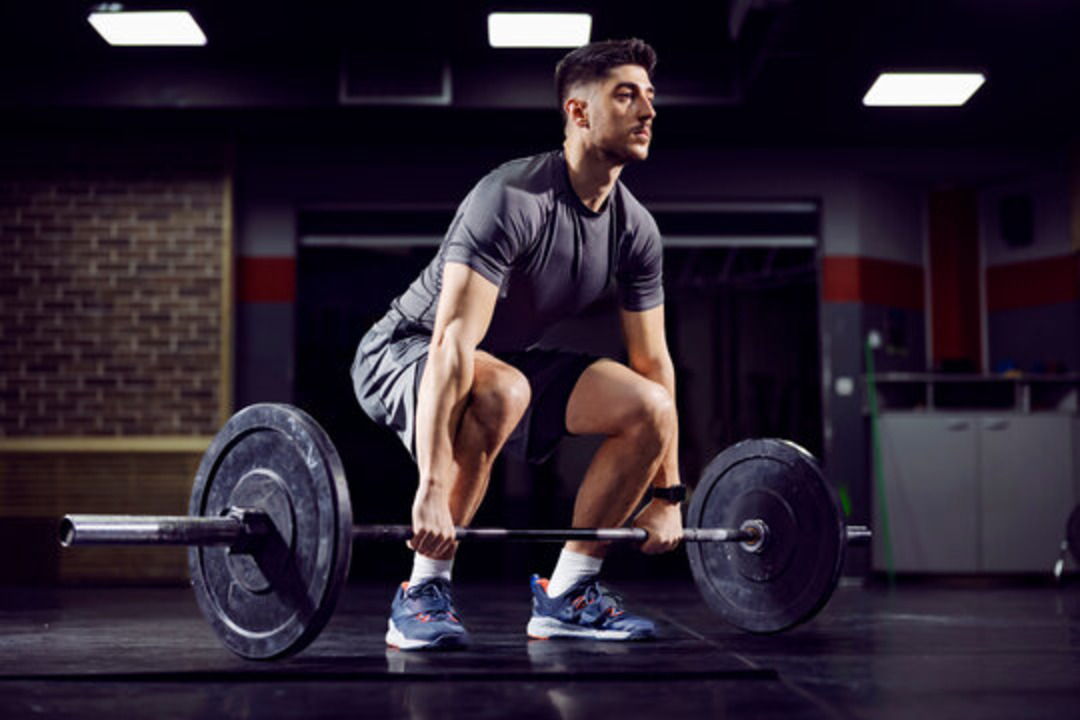
Men’s deadlift targets should be set around what you can progress from consistently and safely, not a single headline number; elite-level performances top out much higher, with an elite male lifter able to deadlift 495 pounds according to Strength Level. Since we already touched on population averages earlier, I’ll move straight to the practical levers you can control to raise your number.
What factors change the number you should aim for?
The dominant differences are anatomy, training history, and goal. Limb lengths and torso proportions change leverage dramatically, so two men of the same bodyweight and training age can produce very different one-rep maxes because of bar path and joint angles. Training age matters too: a lifter who has trained the hinge for years needs a different stimulus than someone reintroducing heavy pulling after months off. Finally, decide whether your priority is raw one-rep strength, athletic transfer, or long-term joint health; that decision governs acceptable loading patterns and risk tolerance.
How should you structure training to make steady, measurable gains?
Program with intent: pick a primary frequency and a few accessory movements that directly address your weakest link, and then measure progress with short cycles. For many men, alternating heavy singles or doubles one week with higher-volume, technique-focused sessions the next prevents burnout while improving neuromuscular efficiency.
Use assistance lifts that target range or speed, such as deficit pulls to improve initial drive, paused Romanian deadlifts to strengthen the hinge, and heavy isometric holds to improve grip. Auto-regulate using RPE or bar speed rather than fixed percentages when life stress or sleep changes, because consistent completion beats sporadic maximal attempts.
What breaks most programs as the load increases?
Grip failure, missed technique checks, and energy systems all betray lifters who escalate weight without addressing supporting systems. Grip is the simplest limiter; training heavy holds, using mixed or hook grips selectively, and incorporating targeted forearm work resolves many stuck points. Technique errors accumulate when warm-ups are perfunctory, so make warm-up sets diagnostic, not rote—observe bar path and scapular position, then adjust hip height or cueing before adding plates.
Most lifters follow a familiar playbook: copy an athlete’s headline lift, chase a number, and then adjust only after stalling. That approach works early, but as volume, age, and life obligations increase, it compounds into missed sessions and nagging pain. Platforms like GetFit AI offer a different path, translating athlete routines into personalized starting loads, delivering technique cues in-session, and staging milestones so lifters can avoid friction and keep moving with less guesswork.
How fast should you expect real improvement?
Expect early wins if you’re new to structured pulling, but plan for slower, reliable gains as you become intermediate. Test maximal effort within planned peaking cycles every 8 to 12 weeks, rather than chasing frequent one-rep attempts. Use microplates for 1 to 2.5 percent jumps that preserve form.
Nutrition and recovery are essential components of the equation. When we coached a client who had lost 60 pounds but struggled to meet protein targets because their home meals were carb-heavy, their deadlift progress stalled until we adjusted protein distribution and training tempo, which restored forward momentum.
Think of the deadlift like building a bridge: you can rush to add weight and risk a sagging span, or you can shore up the supports, tighten the bolts, and raise capacity without surprises.
Ready to train like the legends and finally achieve the body you've always wanted? GetFit AI's AI fitness trainer app lets you follow the exact workout routines that made Arnold Schwarzenegger, Kobe Bryant, Cristiano Ronaldo, Serena Williams, and 11+ other elite athletes into champions, and you can also chat with them whenever you need guidance or motivation. Download the #1 rated AI fitness app for free today to get fit for less than the cost of a single month's gym membership. Because greatness isn't born, it's built one workout at a time.
What most people assume about comparable targets is about to get more complicated.
How Much Should Women Be Able to Deadlift?
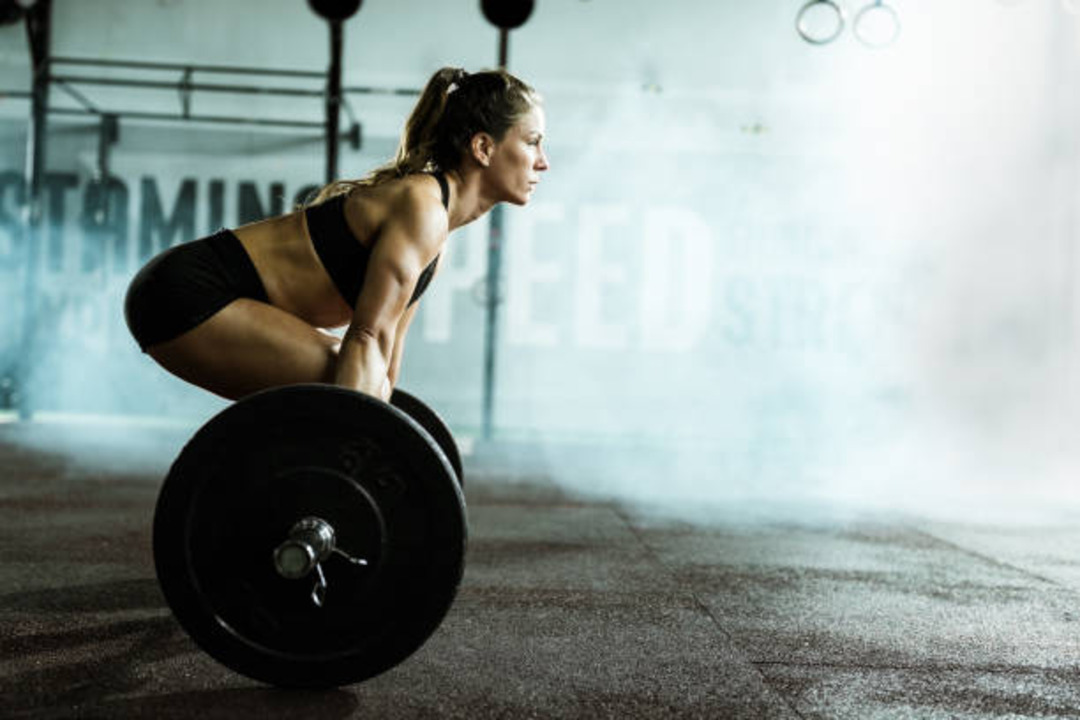
Aim for staged, sustainable deadlift goals that match your bodyweight, training age, and priorities, because progress you can repeat is worth more than a one-off PR. I favor targets that start with a reliable technique, then add load through clear checkpoints so you never have to guess whether a lift was earned.
For quick context, consider population baselines: the average deadlift for an adult female, which is approximately 215 pounds. And the average deadlift for an adult male is 335 pounds, but treat those as traffic indicators, not personal mandates.
How should you set realistic, individualized deadlift milestones?
Start by converting a broad goal into a ladder of small wins. Pick a near-term performance marker you can reliably hit across three sessions, then add weight or tighten technique in the next block. When we redesigned 8- to 12-week cycles for a group of women who had stalled, the clearest win came from restructuring intensity, restoring longer rests between top sets, and teaching a simple bracing cue, which reduced shaking and allowed heavier doubles within two weeks. That pattern illustrates why small, measurable steps are more effective than swapping programs every month.
What do you change when progress stalls physically or emotionally?
Plateaus typically conceal three key limits: nervous system readiness, local tissue capacity, and recovery quality. Shift the lever you can control the fastest: reduce volume on your heavy days and increase single-effort focus. Add targeted unilateral work for asymmetry, and treat breathing as a performance skill, not an afterthought. Many lifters feel their heart rate spike or their hands tremble during heavy sets. In practice, refining intra-abdominal pressure and timing a braced exhale through the lockout calms the nervous system and restores confidence, which in turn allows them to move weight without adding risk.
Which training tools actually make a difference?
Use controlled variations to isolate weak points, not flashy gadgets. Rack pulls at the sticking point build lockout strength, tempo Romanian deadlifts teach tension through the hinge, and heavy trap-bar work improves triple extension for athletes who struggle with the bar path. Cluster sets and short singles under high intent conserve technical quality while providing neural stimulus, especially when life stress or sleep has been poor. Track readiness with a simple 3-question check each morning, and adjust session intensity based on that signal, as rigid percentages can break down when work and life collide.
Most people follow cookie-cutter templates because they are familiar and feel actionable. That approach works until program volume rises and subtle technique errors compound into plateaus and nagging soreness. Platforms like AI fitness app translate elite athlete routines into personalized starting loads, in-session technique cues, and staged milestones, giving lifters a consistent bridge from intention to measurable progress without extra guesswork.
If you want a practical troubleshooting checklist, try this sequence: confirm a diagnostic top set at 90 percent of a rep you can control for two reps, inspect video for hip shift or early arm bend, then choose one accessory that directly addresses the fault for the next three weeks. Repeat the diagnostic after three weeks and judge the change by movement quality, not only by a heavier number.
That benchmark feels tidy until you realize how much meaning it loses the moment you compare lifters with different bodies and priorities.
Related Reading
- Bench Press Standards
- Do Pull Ups Work the Chest
- Symmetric Strength
- Grip Strength Norms
- 1 Rep Max Chart
- Average Male Deadlift
- Good Bench Press Weight
- Weightlifting Standards
Is a 225 Deadlift Good?
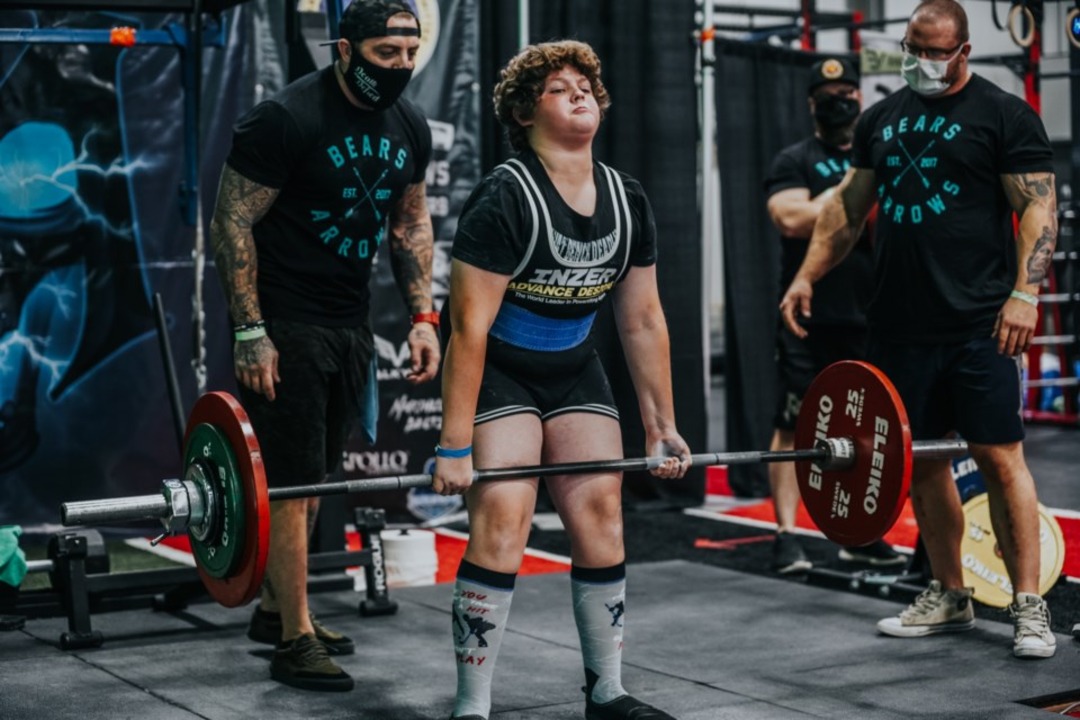
Yes. A 225-pound deadlift is a meaningful milestone when it reflects controlled technique, repeatable reps, and a bridge to practical strength rather than a single flashy number. What it signals for you depends on sex, bodyweight, and whether that pull comes from steady programming or one-off effort.
Who is 225 actually meaningful for?
For a beginner male lifter, A 225 lb deadlift is considered average for a beginner male lifter, meaning it sits inside the expected early adaptation range where neuromuscular gains and hinge mechanics are established. For many women, a 225 lb deadlift is considered advanced for a female lifter, implying that reaching this weight typically reflects months or years of targeted strength training and favorable leverage or bodyweight context.
What does 225 actually buy you in real life?
When we trained clients for 6- to 10-week blocks, a typical pattern emerged: strong gym singles did not always translate to repeated, practical strength tasks, such as loaded carries or stair carries. That gap manifests as breathlessness, grip failure, or knee discomfort during sustained work, and it creates a peculiar sensation of being “strong” on the platform but fragile in daily life. Closing that gap means programming movement density, grip endurance, and bracing under fatigue, not chasing heavier singles every session.
Why joint concerns matter more than extra pounds
Pattern recognition across older and novice lifters reveals the same failure mode: increasing maximal load without addressing joint stress leads to recurring knee and low back complaints. If your knees flare or creak during heavy sets, consider swapping some heavy singles for timed loaded carries, eccentric control work, and a longer warm-up that focuses on hip mobility and ankle dorsiflexion. Those changes relieve joint compressive forces while preserving strength gains.
The familiar approach and its hidden cost
Most lifters copy programs because they are familiar and straightforward, and that works at first. As intensity and life stress rise, the same habit can bury mobility cues, personalized starting loads, and recovery signals, leading to plateaus and nagging aches. Platforms like GetFit AI translate athlete routines into personalized starting loads, in-session technique cues, and carry- and joint-aware progressions, helping lifters stay consistent without sacrificing long-term health for a short-term PR.
How to make 225 a durable benchmark
If you want 225 to mean durable, treat it as a checkpoint on a broader profile: can you hit controlled doubles at 90 percent of your top set twice in a week, perform two 30 to 60-second loaded carries without grip failure, and maintain neutral spine under progressive fatigue? Use accessory work that builds capacity for repeated tension, such as heavy single-leg deadlifts, Nordic curls for hamstring order, and sled drags for low-impact posterior chain conditioning, scheduled across three focused sessions per week, with one higher-intensity day and one conditioning day.
Common technical mistakes that hollow out a milestone
Problem-first: chasing maxes while ignoring breathing, grip, and unilateral balance undermines the value of the number. The fix is simple and measurable: pick one limiter and attack it for three weeks. For example, add three sets of 30 to 60 seconds of farmer carries twice weekly if grip fails, or prioritize slow 3-second eccentric contractions for hamstrings if lockout feels weak. Small, targeted changes deliver more transfer to practical strength than adding plates indiscriminately.
That simple question about whether 225 is “good” often masks a more brutal truth about transfer and durability, and the next section exposes an unexpected twist that forces you to reassess what an accurate strength benchmark looks like.
How Much Should a 70 kg Man Deadlift?
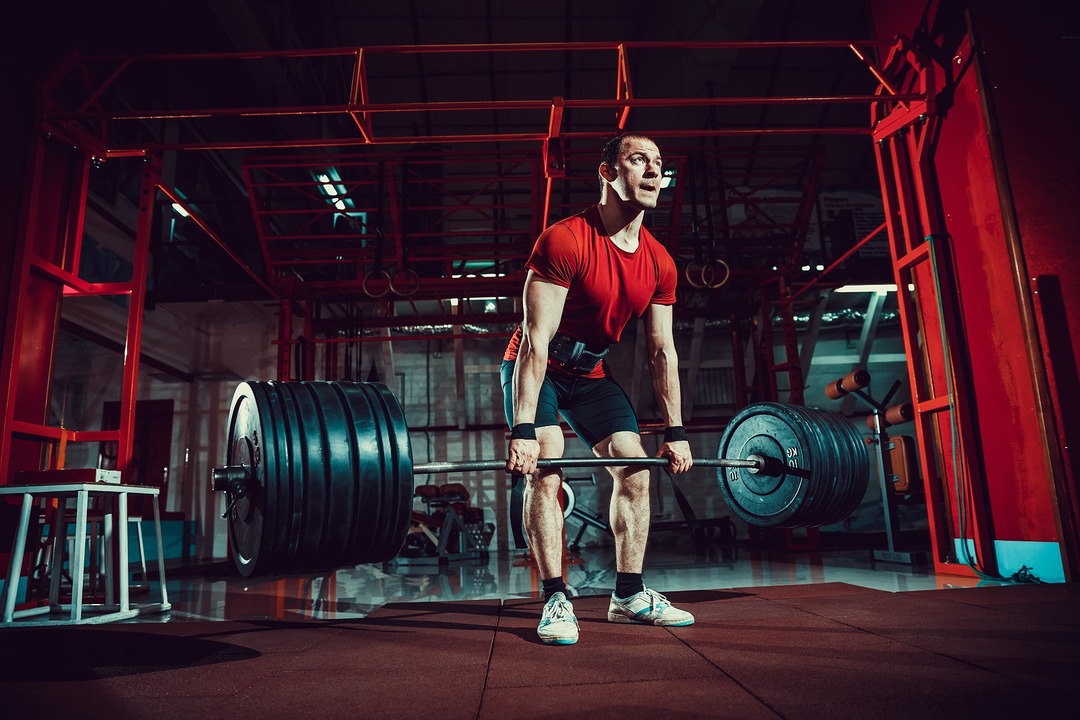
A 70 kg man should set deadlift targets by experience and intent: use staged checkpoints that guide training decisions rather than a single headline number. Pick a short, measurable goal you can reliably repeat across three sessions, then raise the load only when the movement quality stays consistent.
How do I pick a realistic near-term target?
When you know your recent working sets, convert them into a practical ladder: choose a weight you can hit for controlled doubles twice in a week, then plan an 8- to 12-week block that adds 2.5 to 5 kg to that working double every two to three weeks through microloading. Think in terms of reproducible competency, not a one-off max; that keeps technique and recovery aligned as the load increases.
What intensity distribution actually produces steady gains?
The reliable pattern is simple, not flashy: one high-intent day with heavy singles or doubles in the 85-95% range, one volume day in the 65-75% range, and an accessory-focused session for weak links. To give this context, Strength Level lists 120 kg as the novice standard for a 70 kg man, which means your programming should prioritize consistent heavy doubles and technique under near-maximal tension before chasing frequent maximal attempts.
Which accessory choices move the needle fastest?
Target the exact point where your bar slows or your hips rise first. If the lockout stalls, use rack pulls at the top for three to five sets of 3 to 5 reps. If the hinge collapses early, program tempo Romanian deadlifts with a 3-second eccentric and paused deadlifts from a 2- to 4-second pause below the knee. Grip work matters, so include heavy holds, farmer carries, or mixed-grip heavy doubles twice a week; these exercises transfer directly to one-rep performance without inflating spinal load.
Most lifters copy programs from social posts because it is familiar and low-friction. That approach works at first, but as you add volume and life stress, slight inconsistencies in starting loads and missing technique cues fragment progress and produce stalled months. Platforms like GetFit AI translate athlete routines into personalized starting loads, provide in-session technique cues, and stage milestones, so users can preserve form while escalating weight, reducing guesswork that would otherwise cost weeks of practical training.
How quickly should you expect to move from novice to intermediate?
Progress speed depends on training age and programming quality, but a cautious rule is to test progress in 8 to 12 week cycles and use microplates for incremental jumps when you can no longer add 5 kg safely. For scale, Strength Level, identifies 160 kg as an intermediate mark for a 70 kg man, signaling that reaching that level typically requires dedicated programming, consistent accessory work, and attention to recovery rather than casual training alone.
What techniques and session structures preserve progress?
Setups win more lifts than ego. Cue a flat midfoot setup, active lats, and a deliberate, braced breath timed to the drive. Then, treat top sets like diagnostics: if bar speed drops by more than 10 to 15 percent across reps, stop the set and address the limiter. I coached a client across a 12-week block who added 10 kg to his controlled doubles after we shifted to cluster singles, three targeted grip sessions, and a single weekly paused pull, demonstrating how small structural changes produce measurable strength gains.
Which strategy fits your priority, sport, or longevity?
If you need explosive transfer for sprinting or jumping, bias frequent submaximal speed pulls and trap bar work to build triple extension without repeated heavy conventional lockouts. If your priority is long-term joint health while still building strength, prioritize higher-rep accessory exercises, loaded carries, and scheduled deloads every 6 to 8 weeks to maintain capacity. Each path employs different load patterns, but the same principle applies: progress only when you can consistently repeat quality under tension.
That looks tidy, but the choice you make about whose routine to follow determines how repeatable your gains will be.
But the more complex question is what you’ll do when you outgrow a template and still need the same coaching that elite athletes use.
Related Reading
- Average Bench Press By Age 16
- Best Free Workout Apps
- Best Calisthenics Workout App
- Average Deadlift Weight For Male
- Average Deadlift Weight Kg
- Best Workout Apps
- Best Hiit Workout App
- Best Workout Tracker App
- Average Bench Press Kg By Age
- Best Gym Workout App
- How Many Pull-Ups Can the Average Person Do
- Pull-Up Strength Standards
- Weighted Pull-Up Standards
- Weighted Dips Strength Standards
- Grip Strength Standards
- Average Dumbbell Shoulder Press
- Average Incline Dumbbell Press
Make Your Favorite Athlete Your Fitness Trainer | Try GetFit AI's AI Trainer App for Free Today 💪

If you're ready to stop guessing and start making measurable progress, consider GetFit AI; users report a 30% increase in workout efficiency, according to the GetFit AI Website. I know the mix of relief and disbelief that follows finally hitting a long-sought goal, and with 90% of users achieving their fitness goals within 3 months per the GetFit AI Website, GetFit AI's athlete-derived plans and in-app chat guidance help you reach milestones faster without wasting months on trial and error.



.png)
.png)











